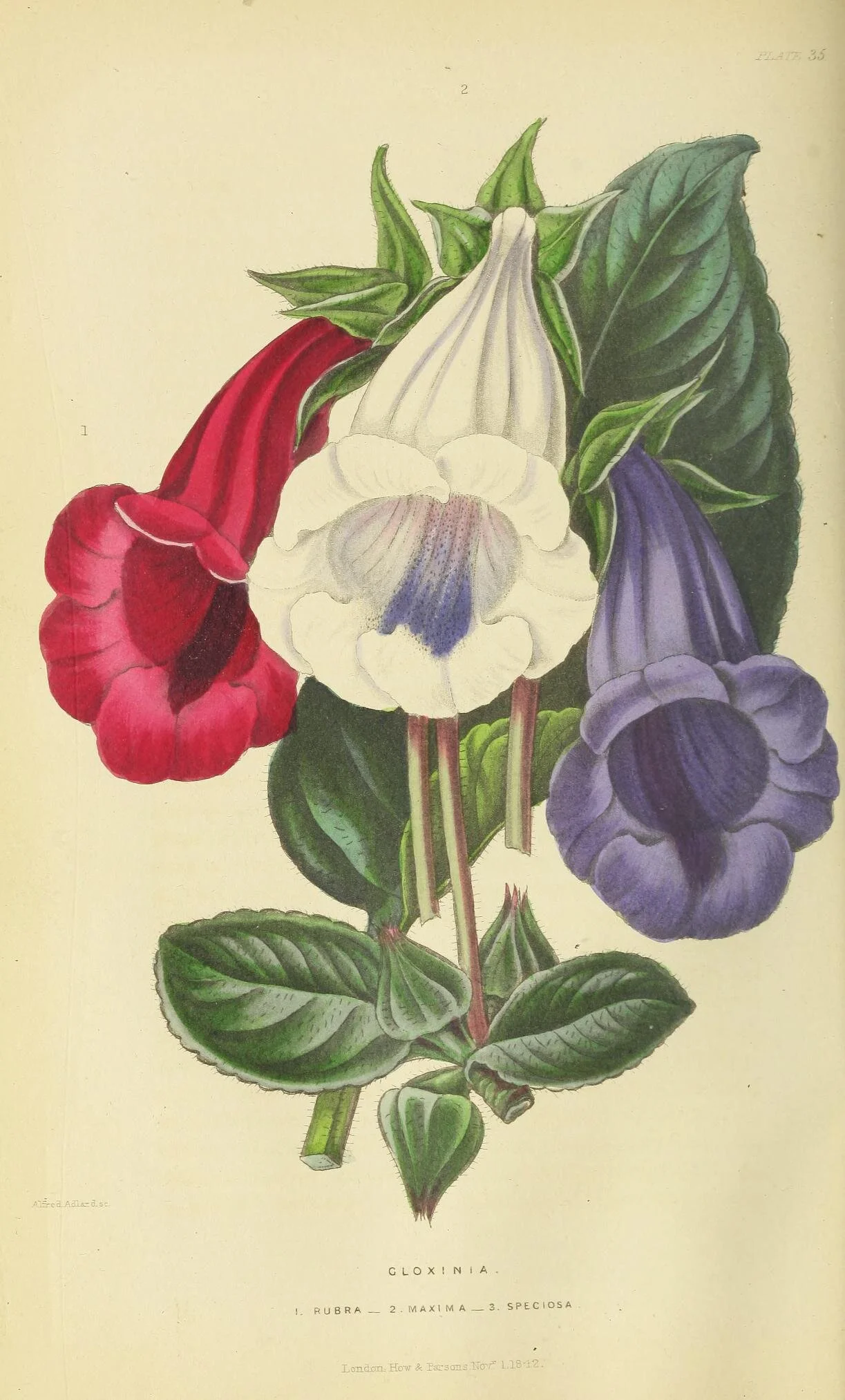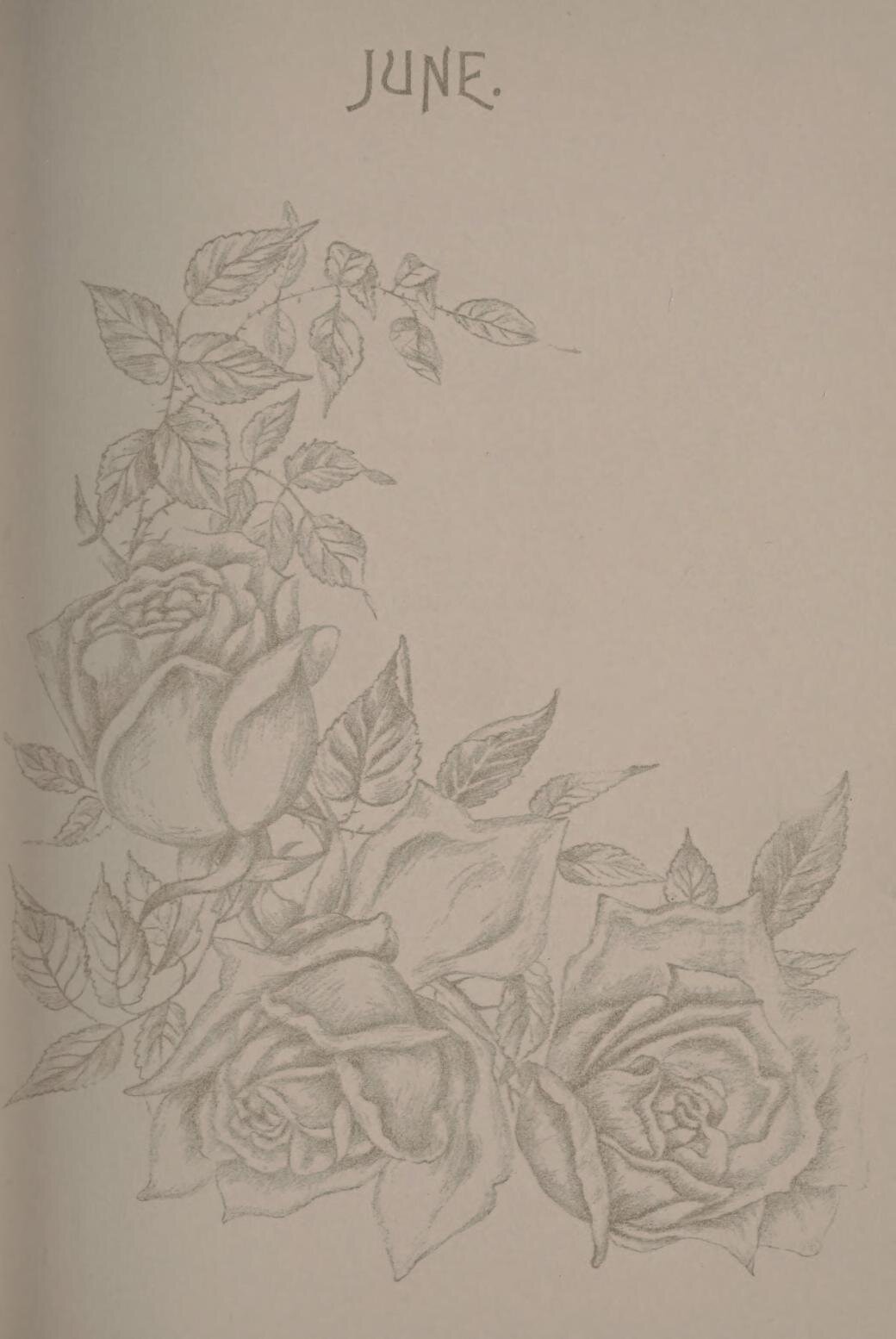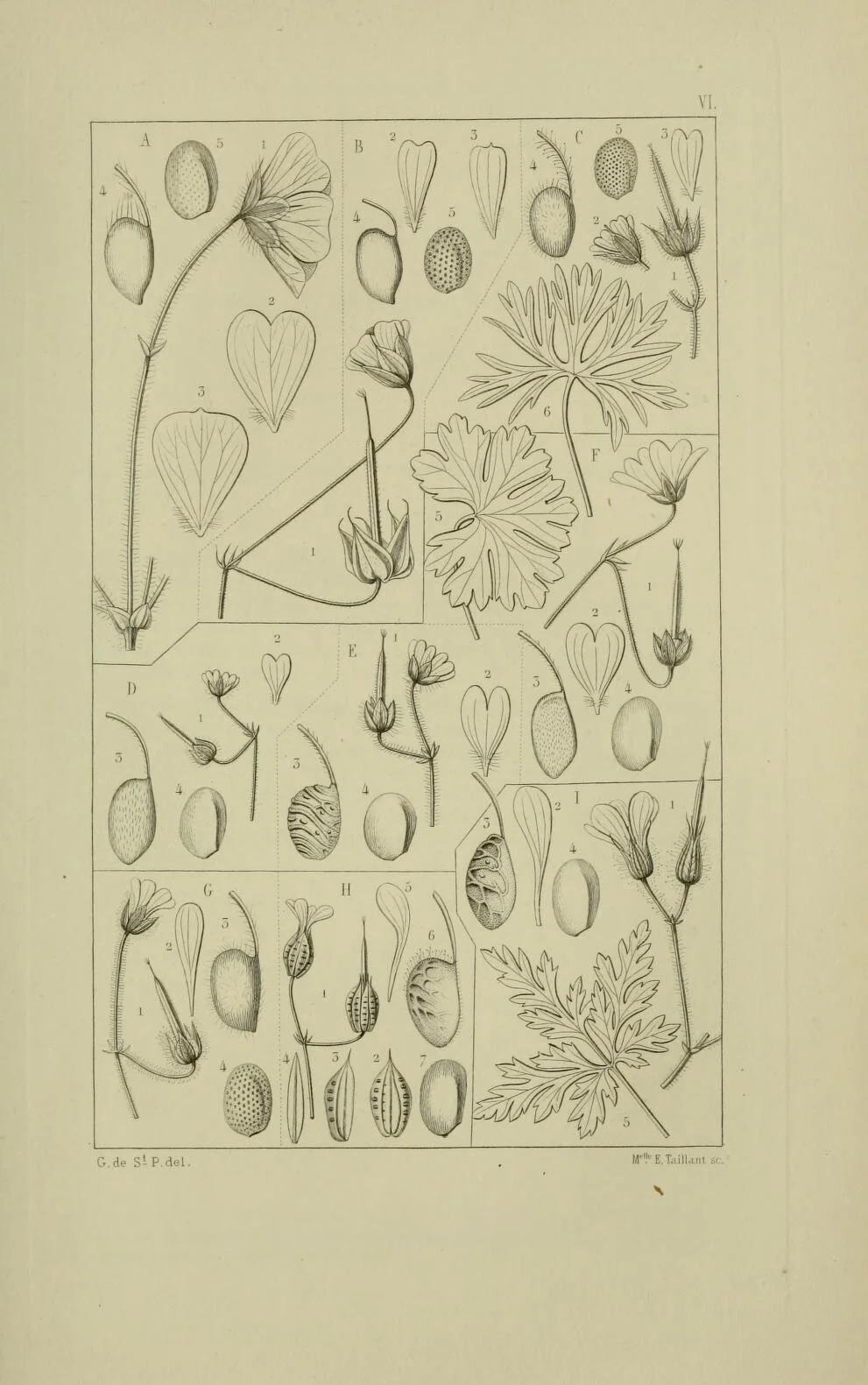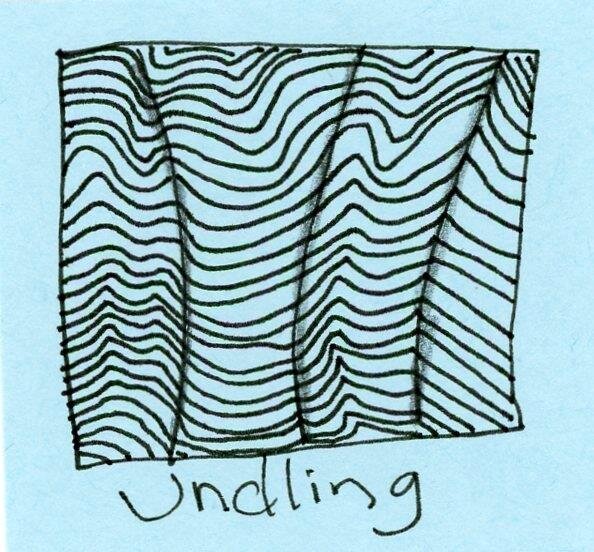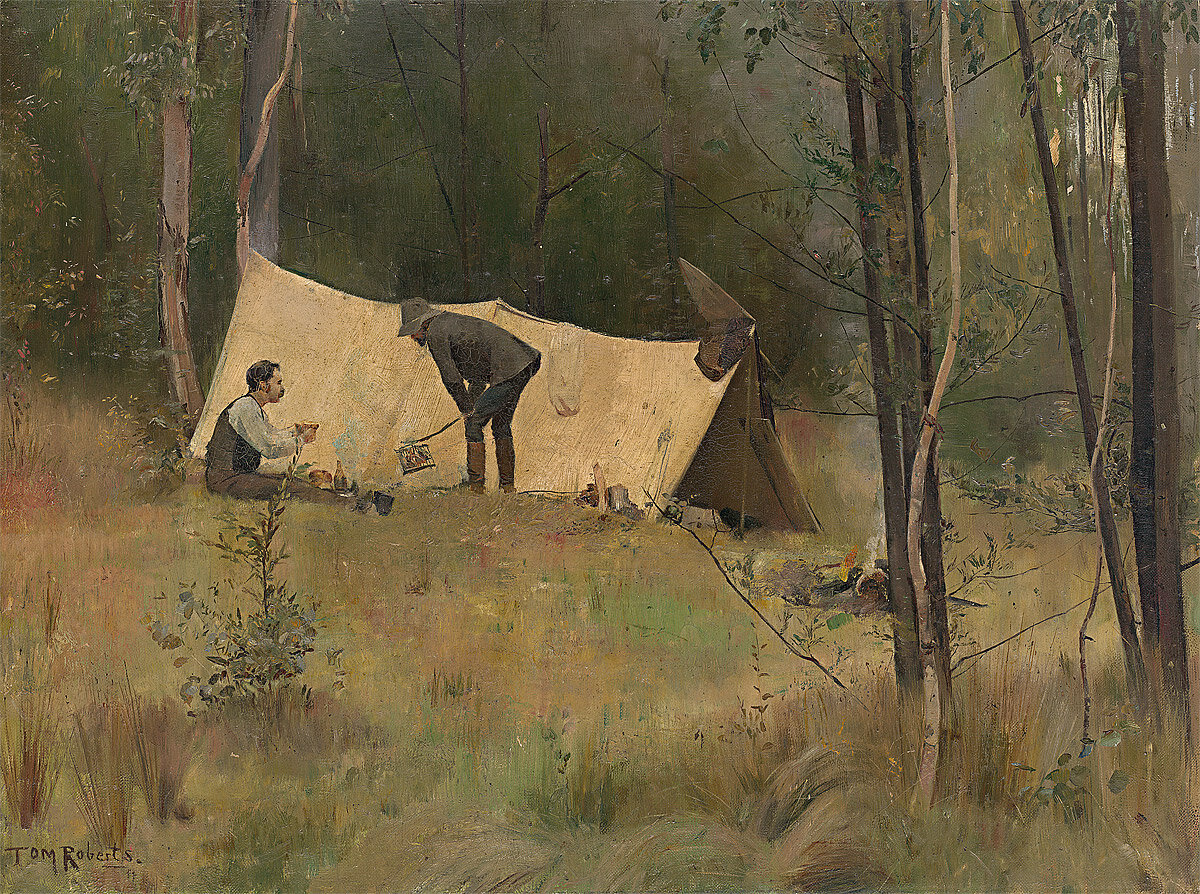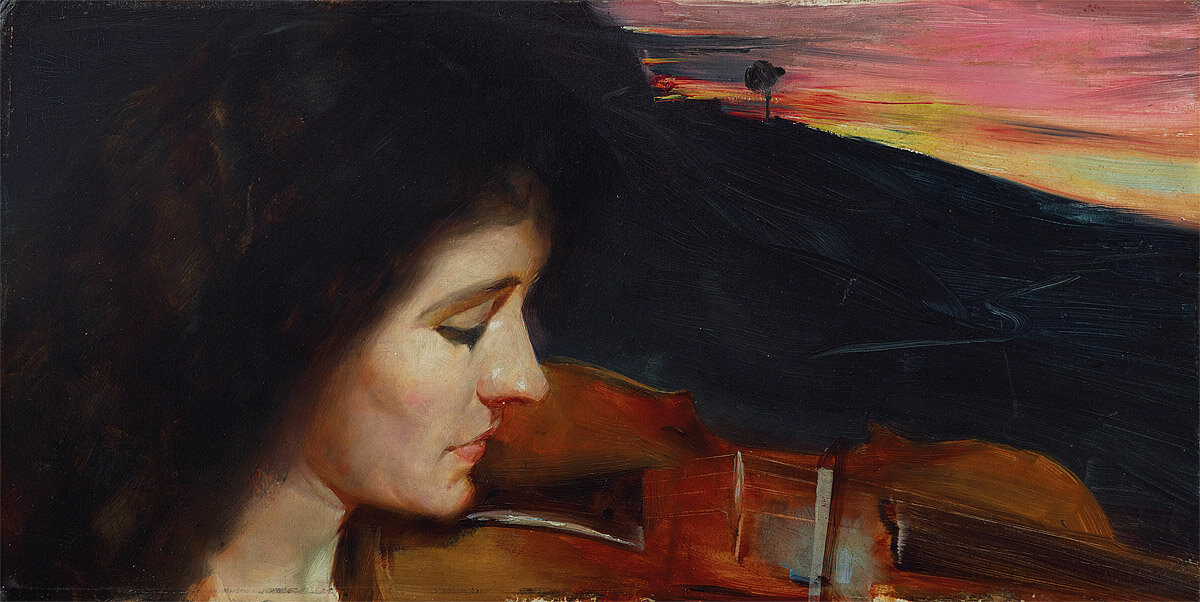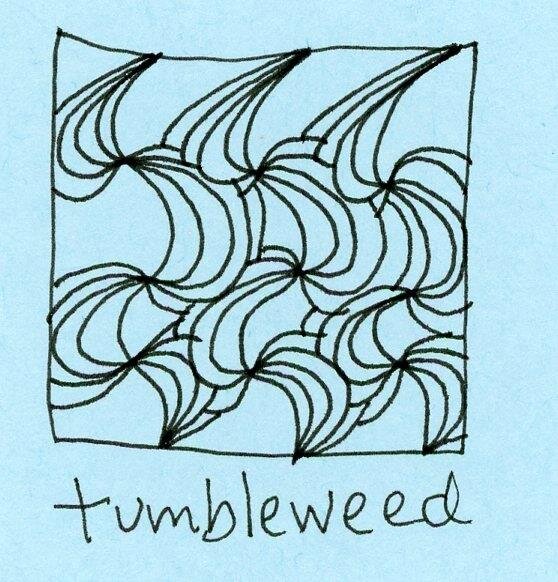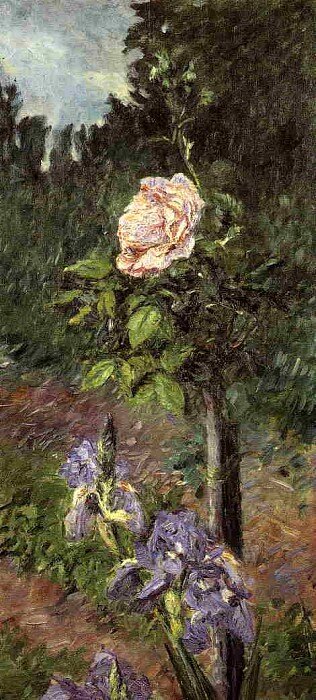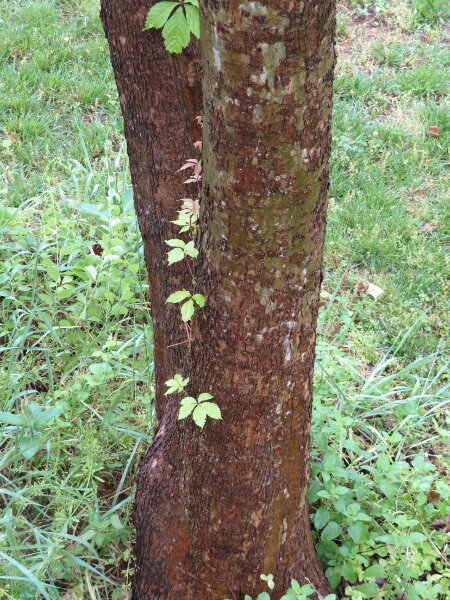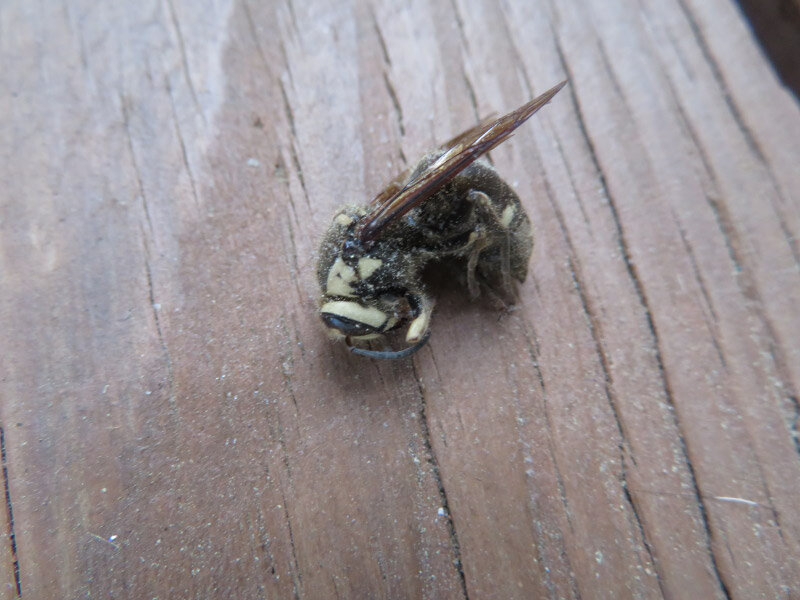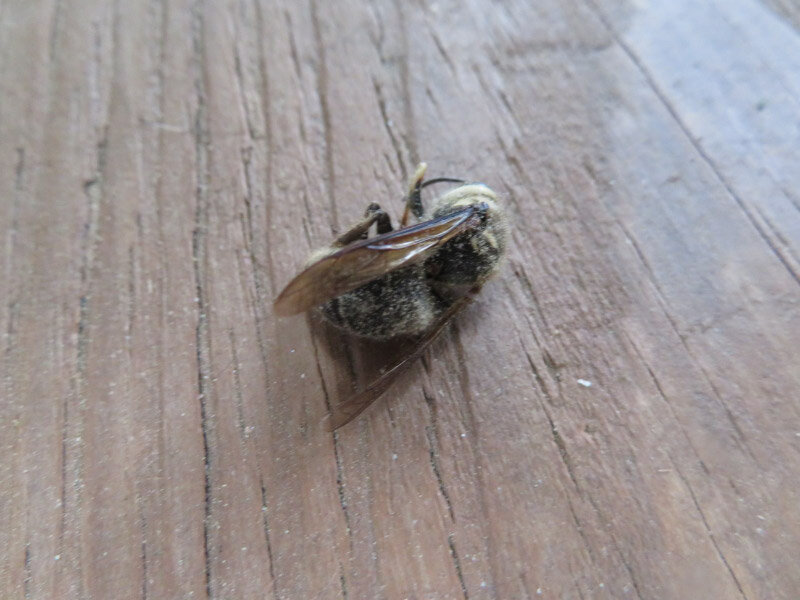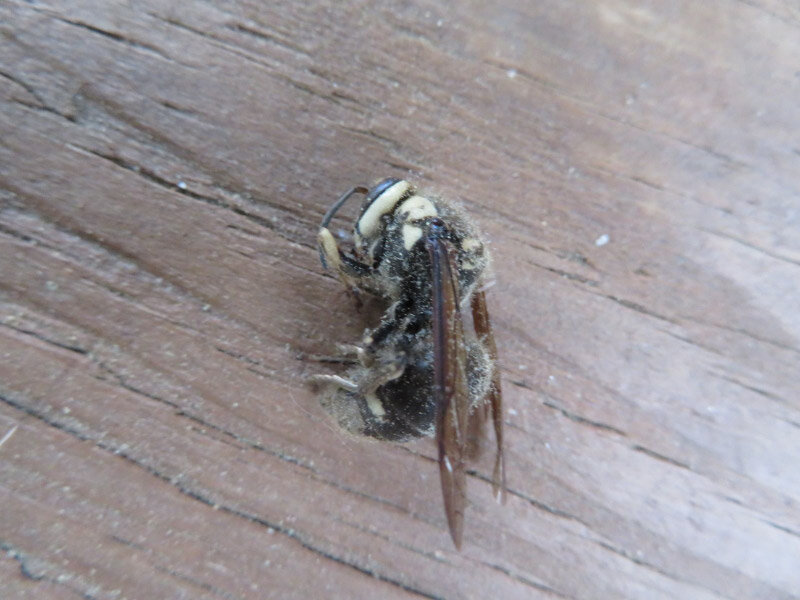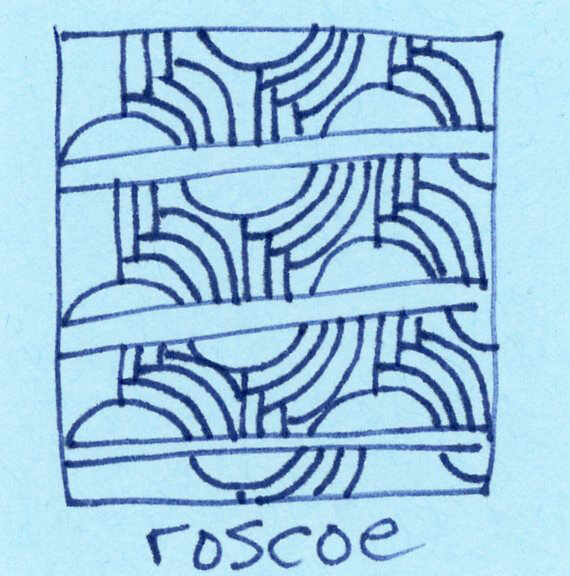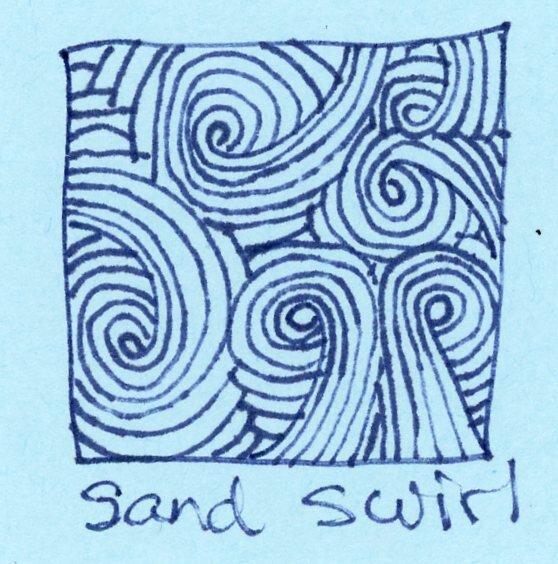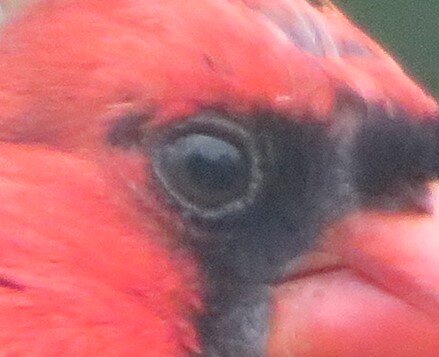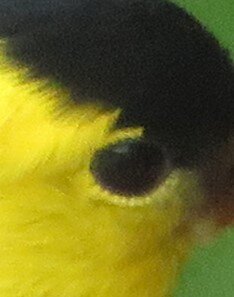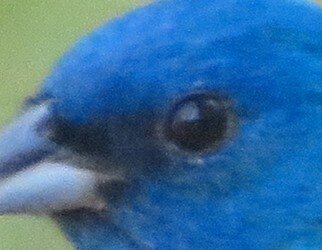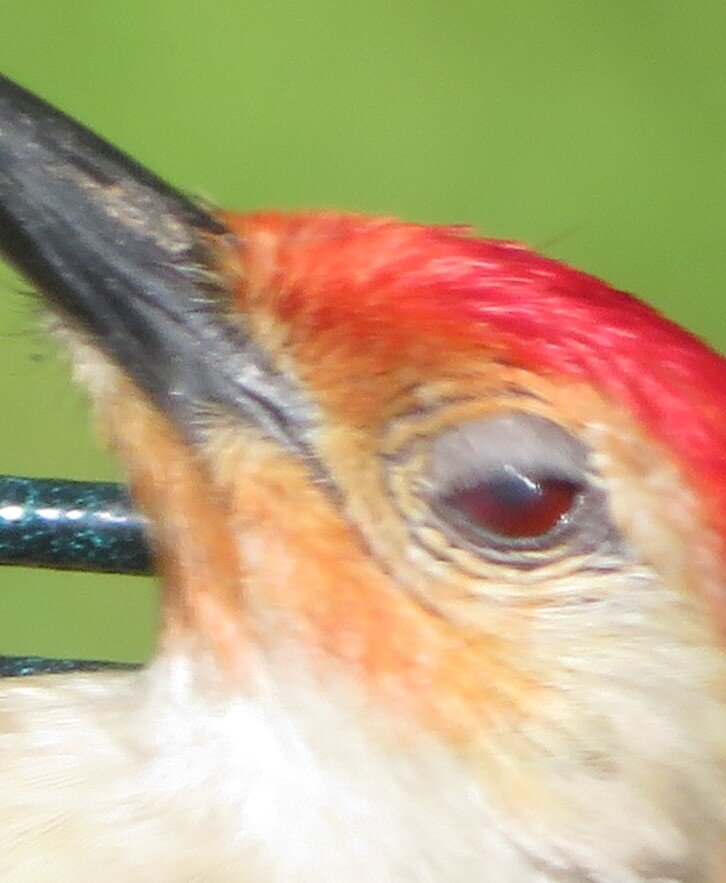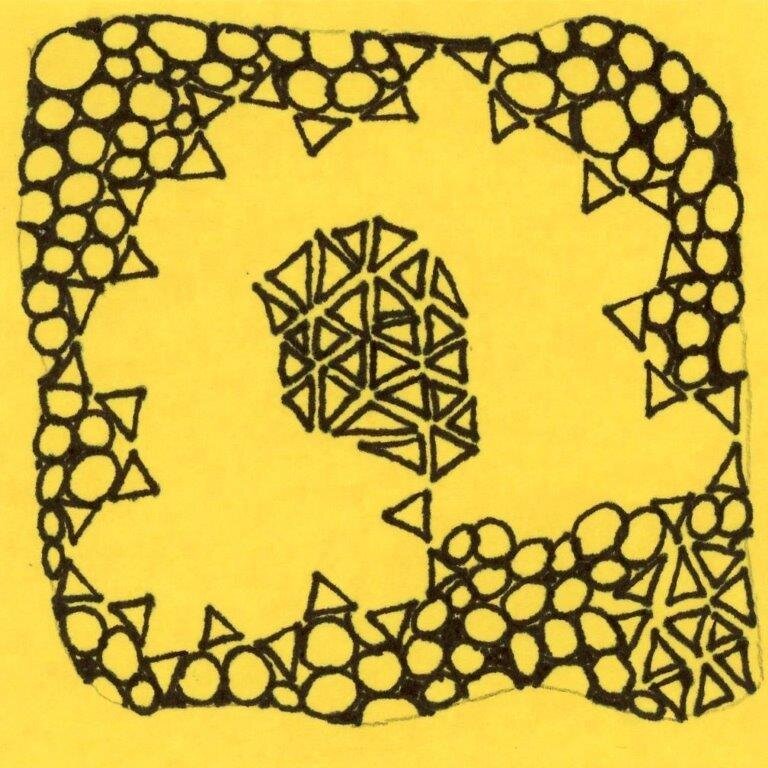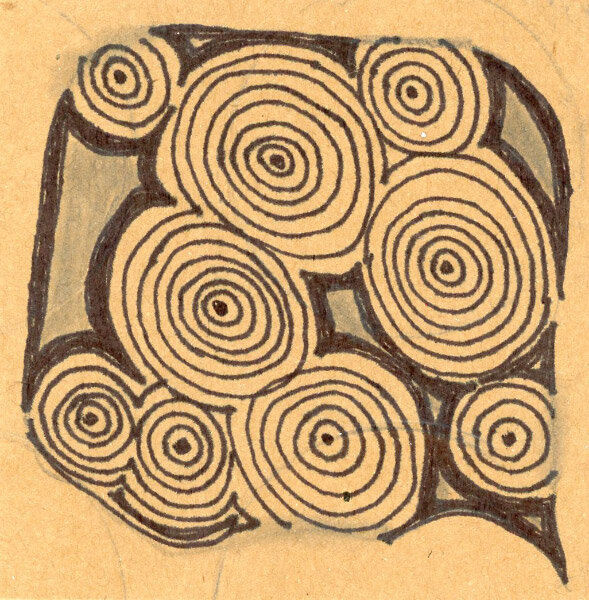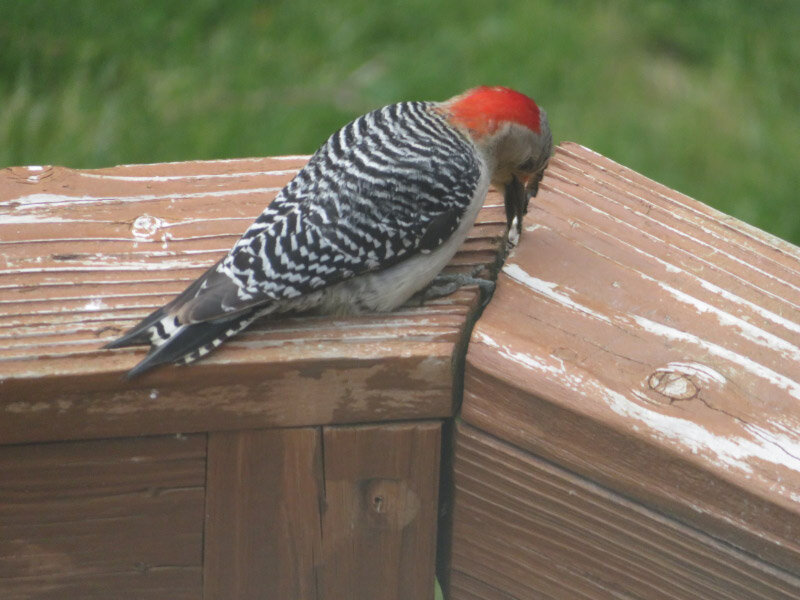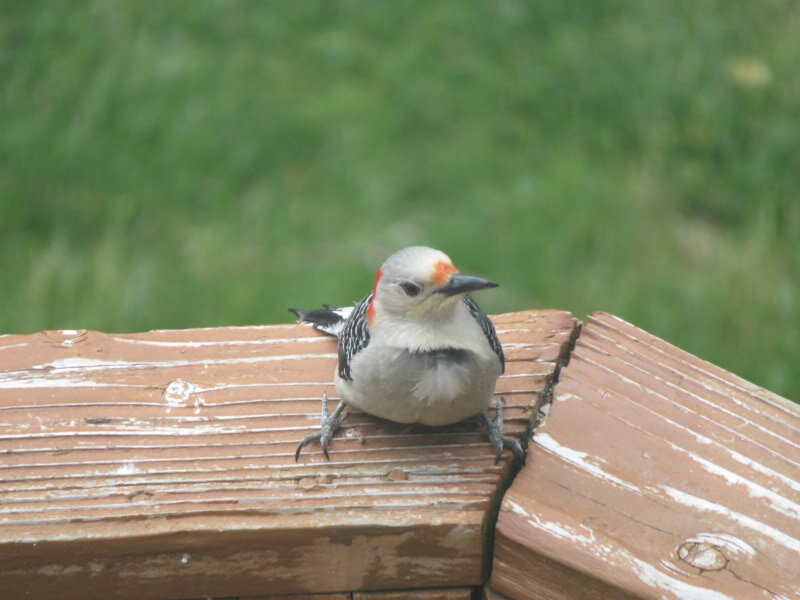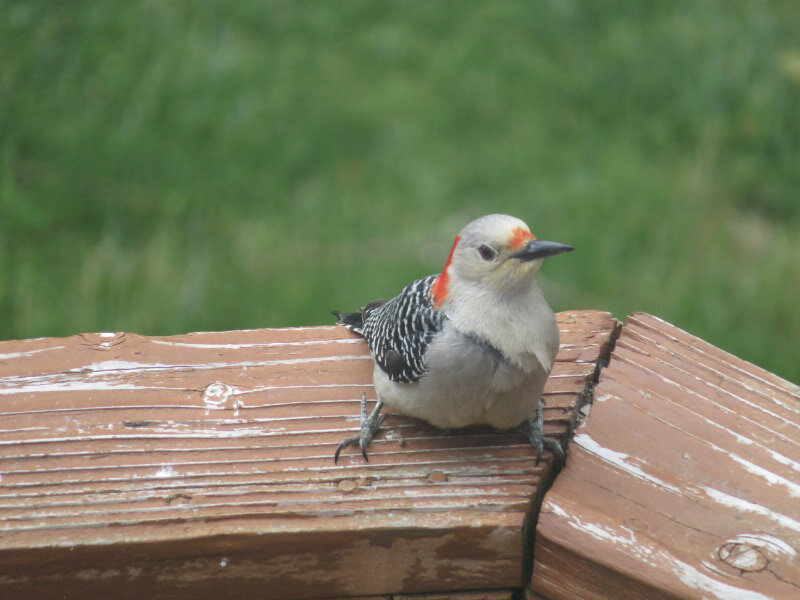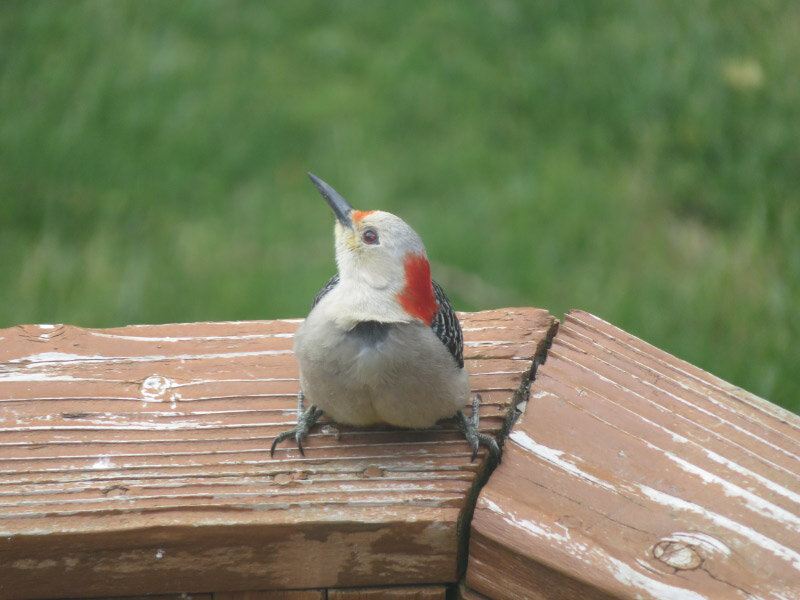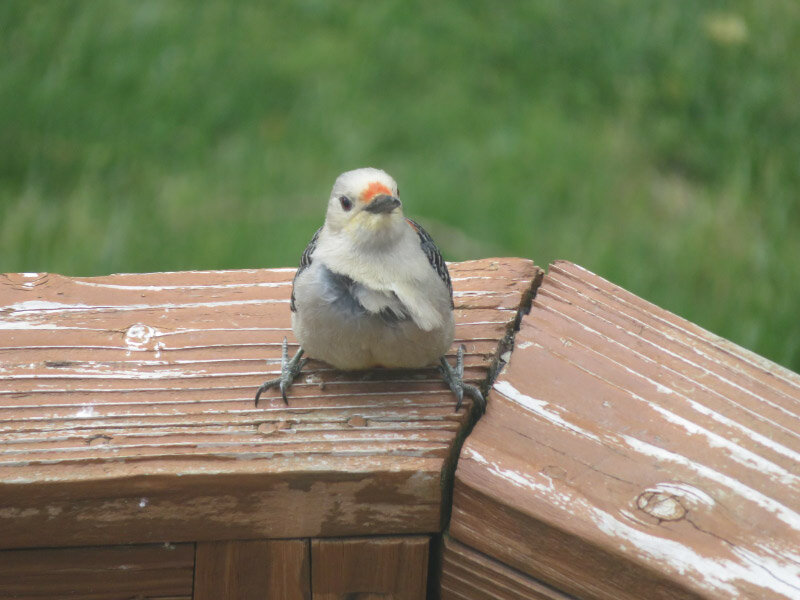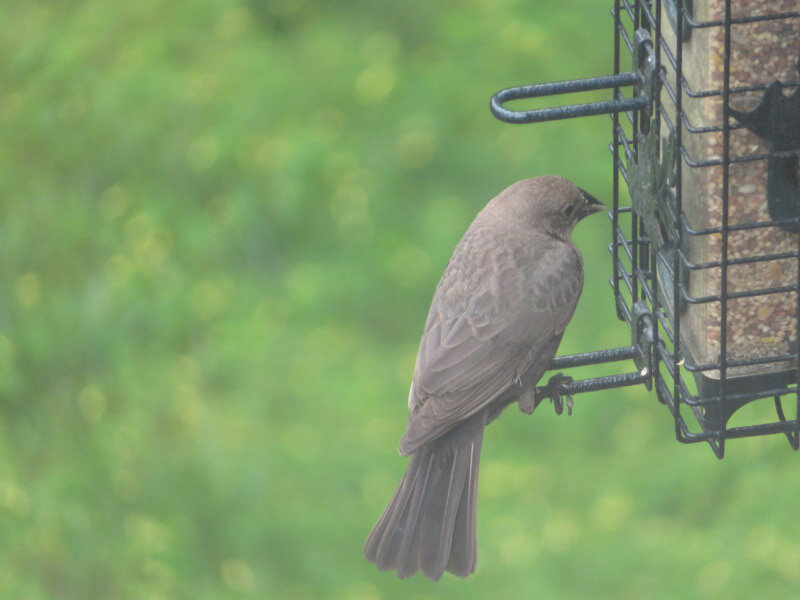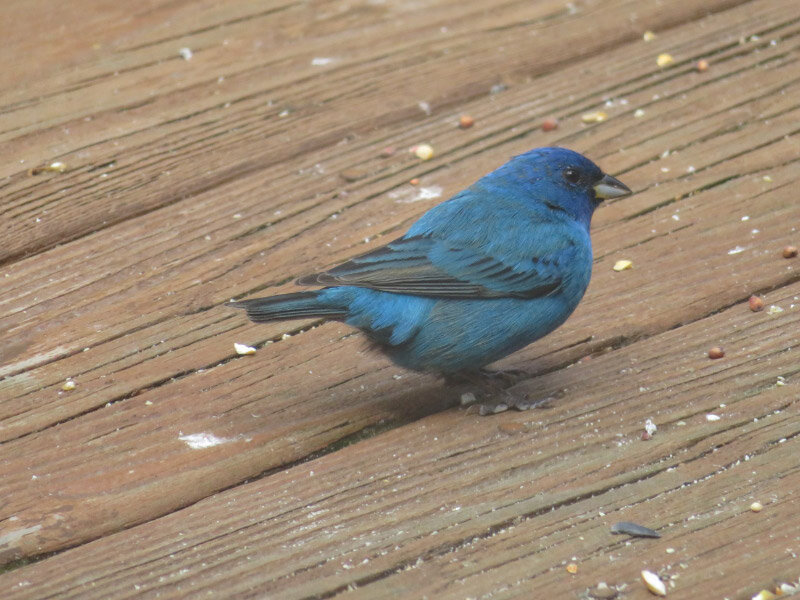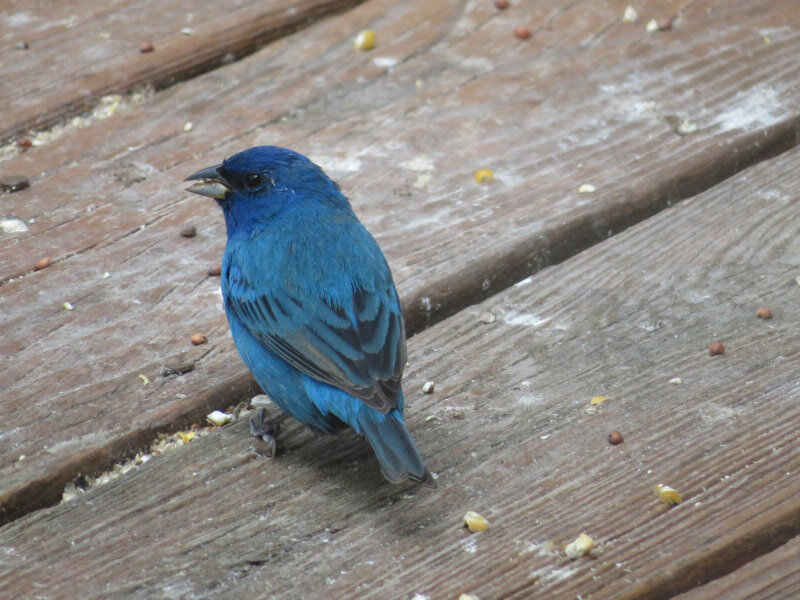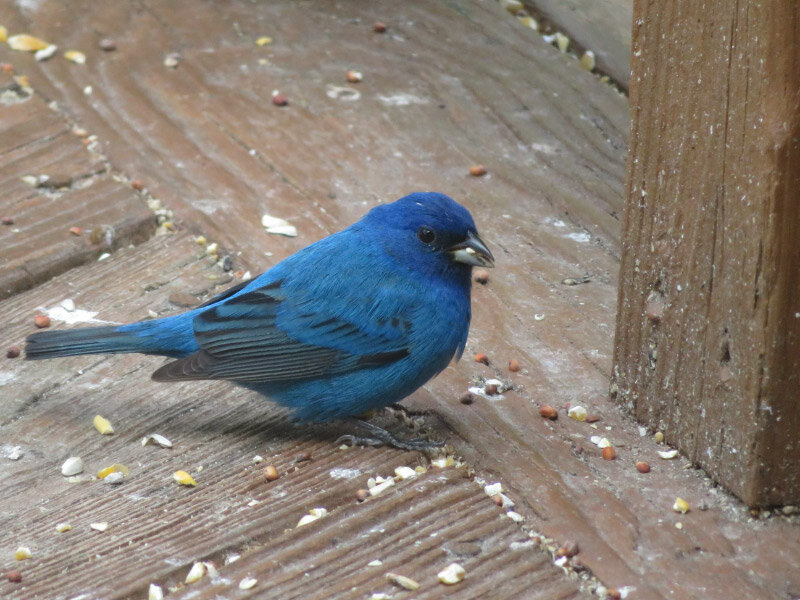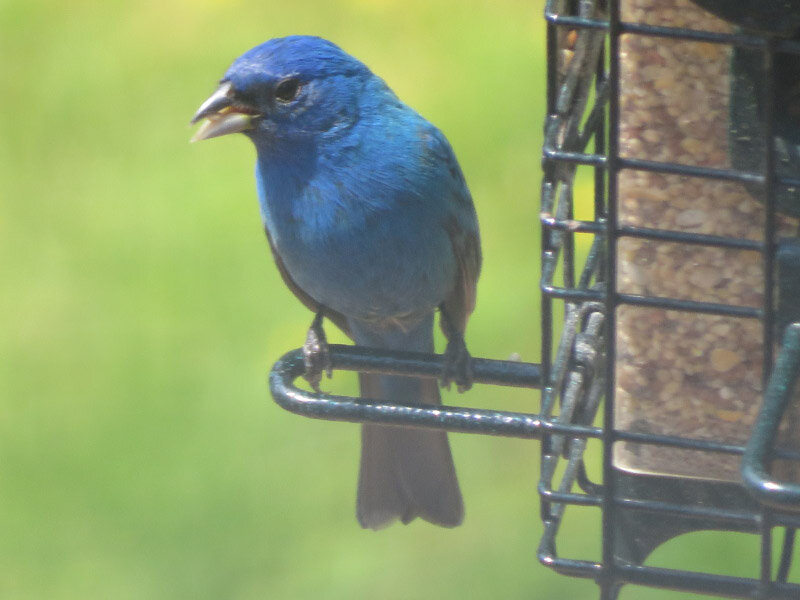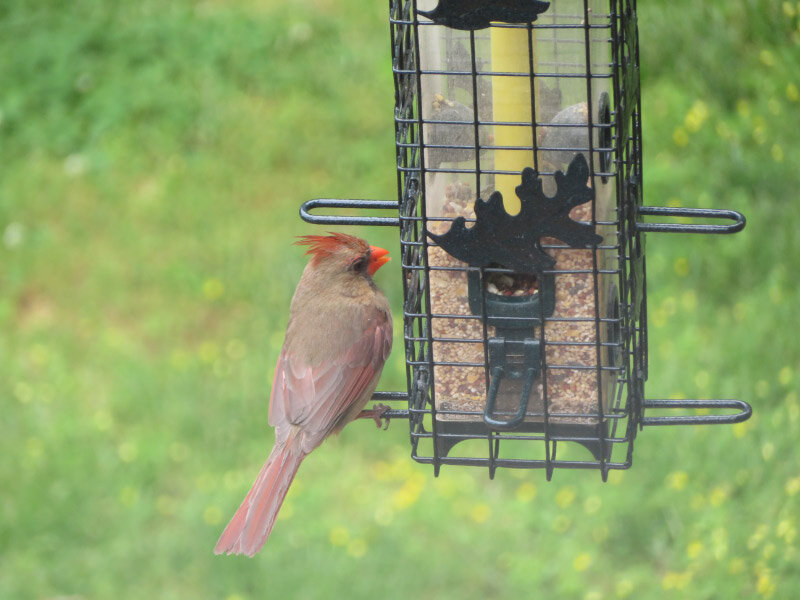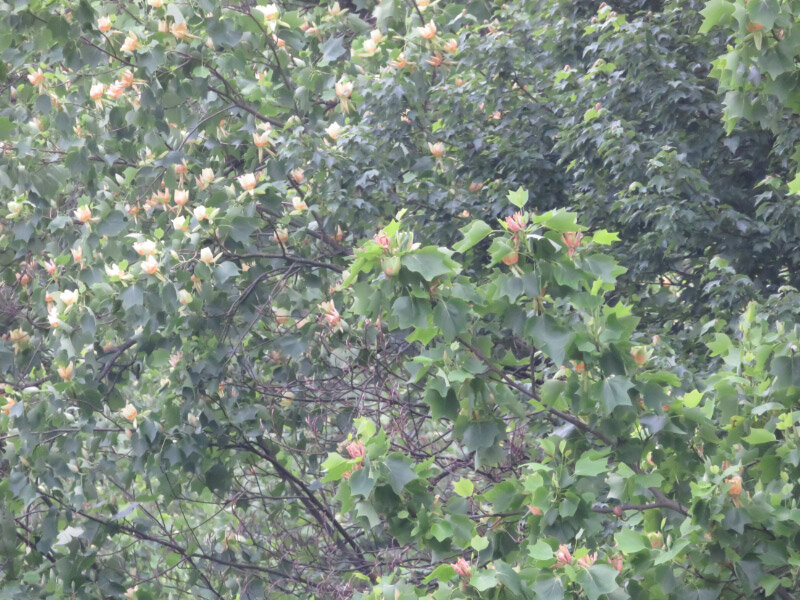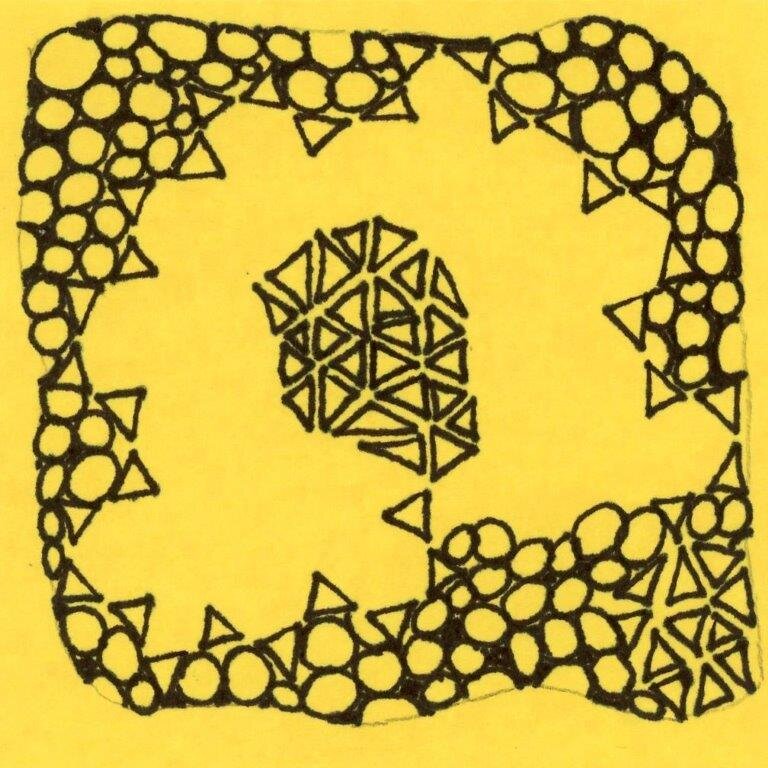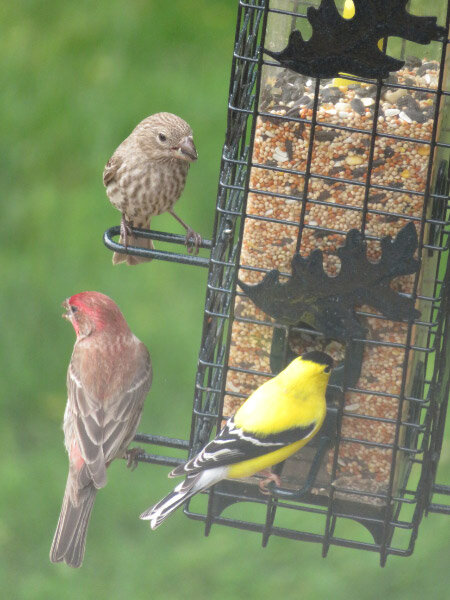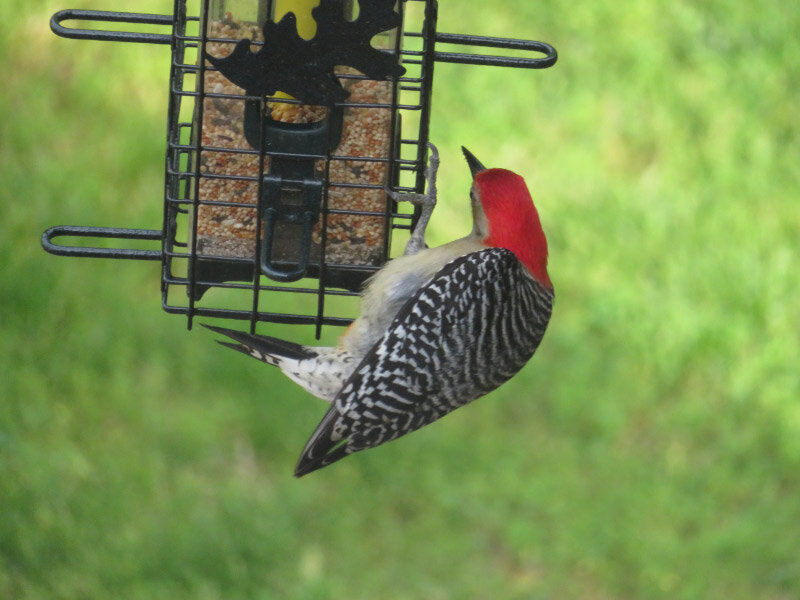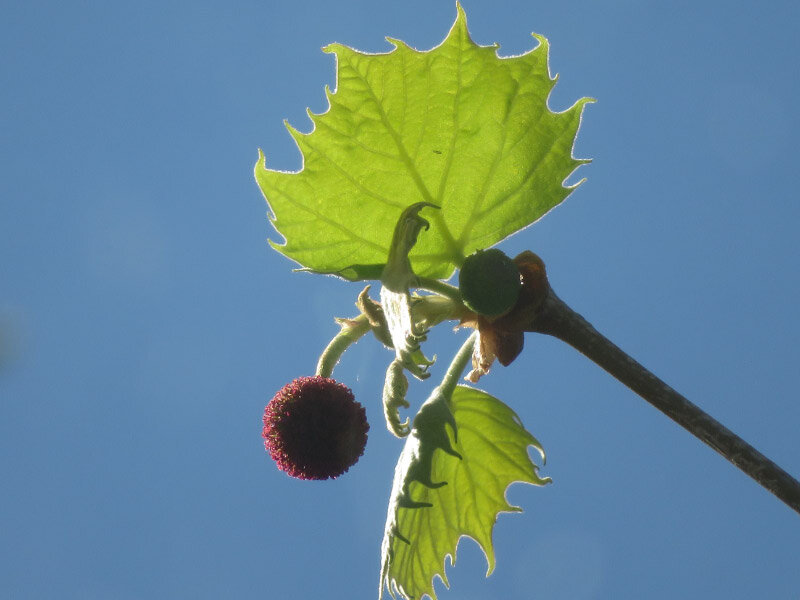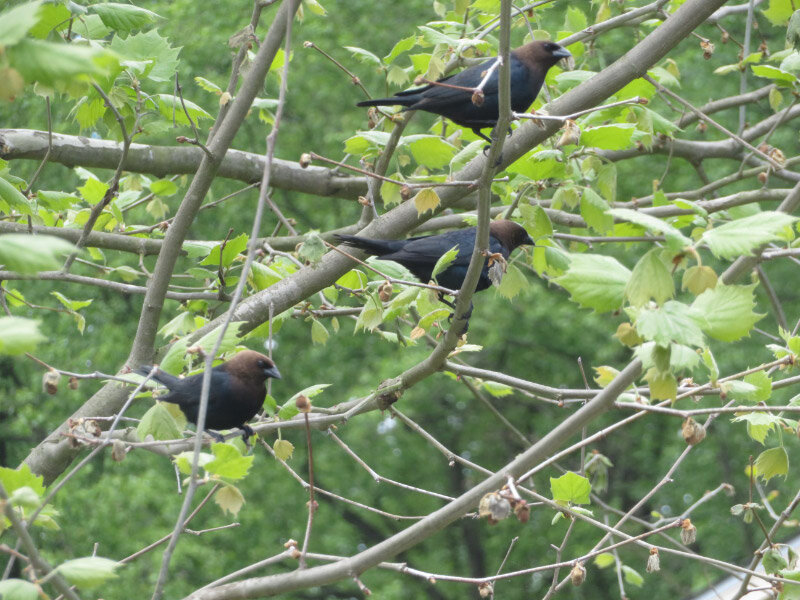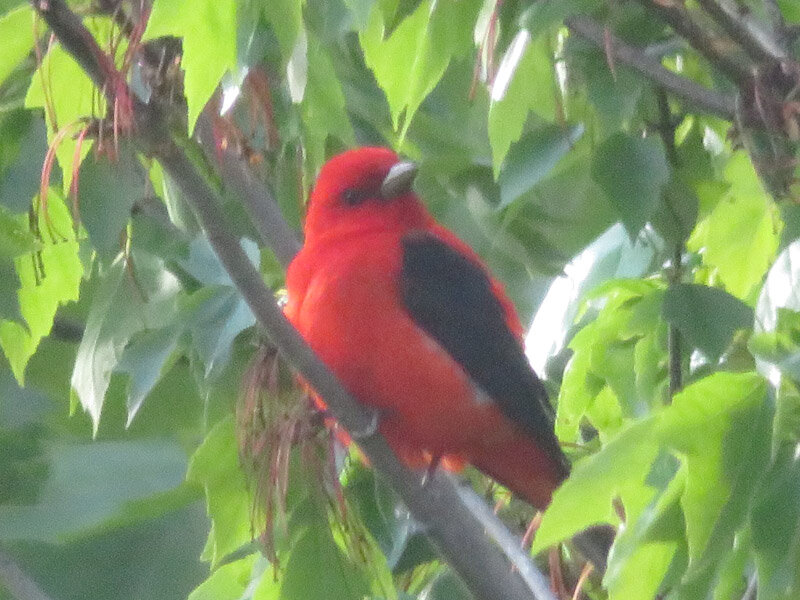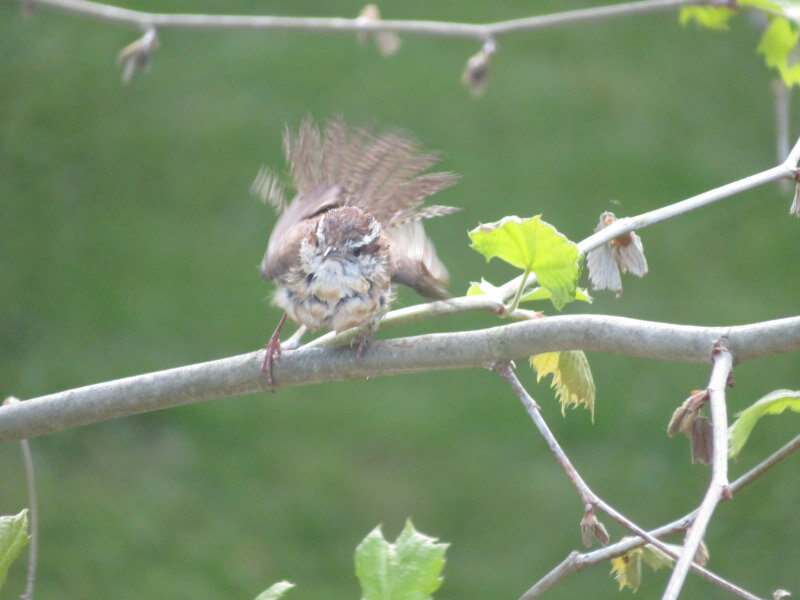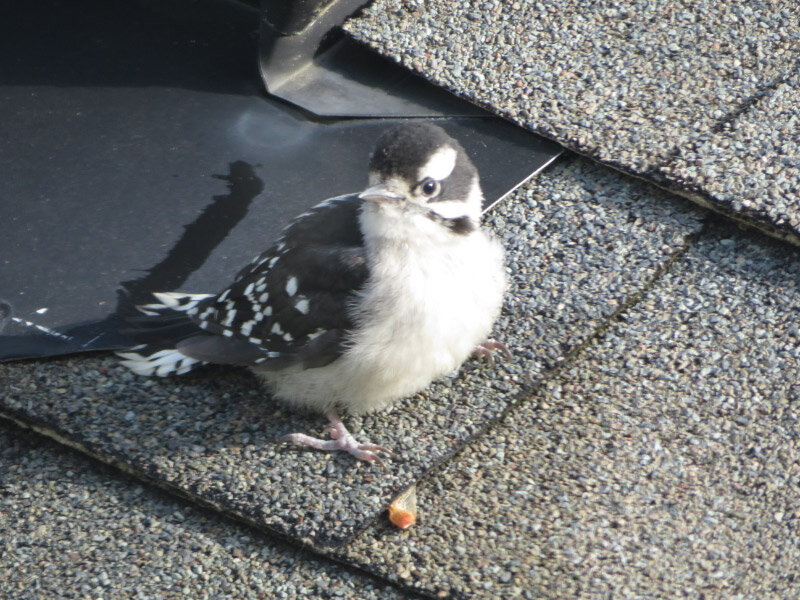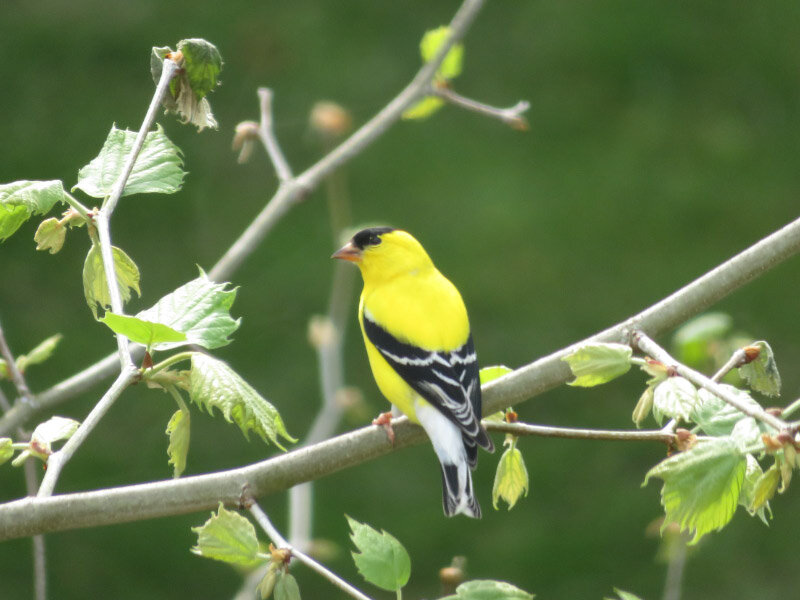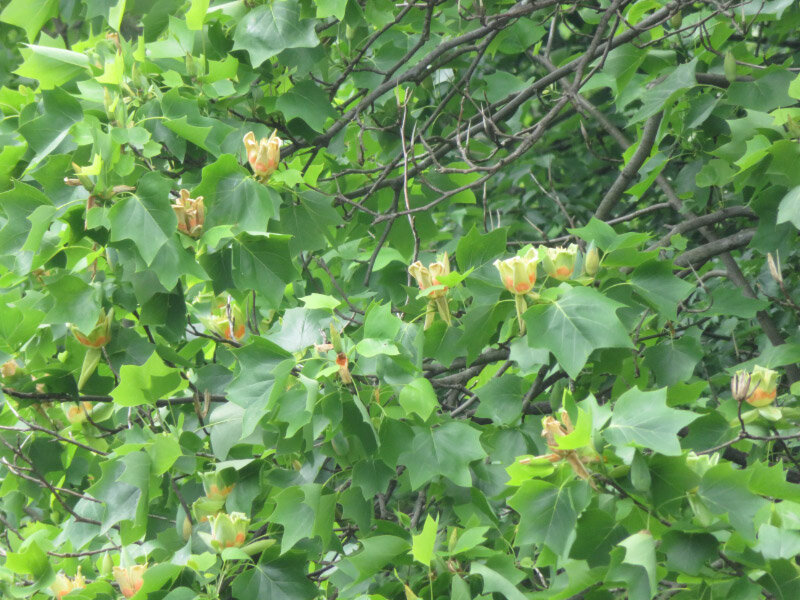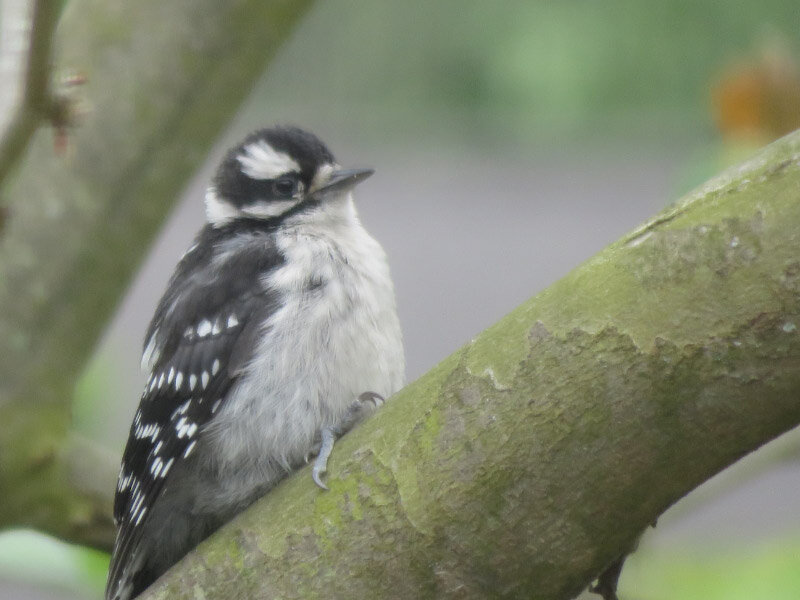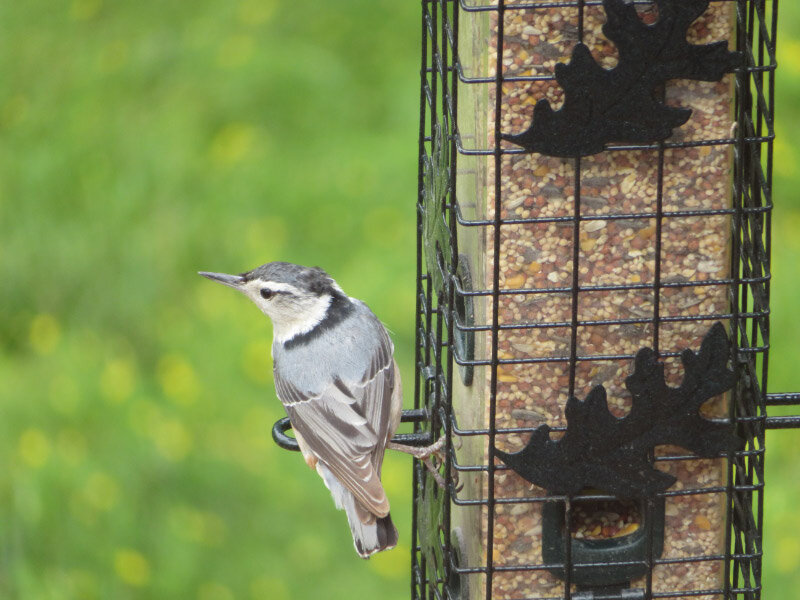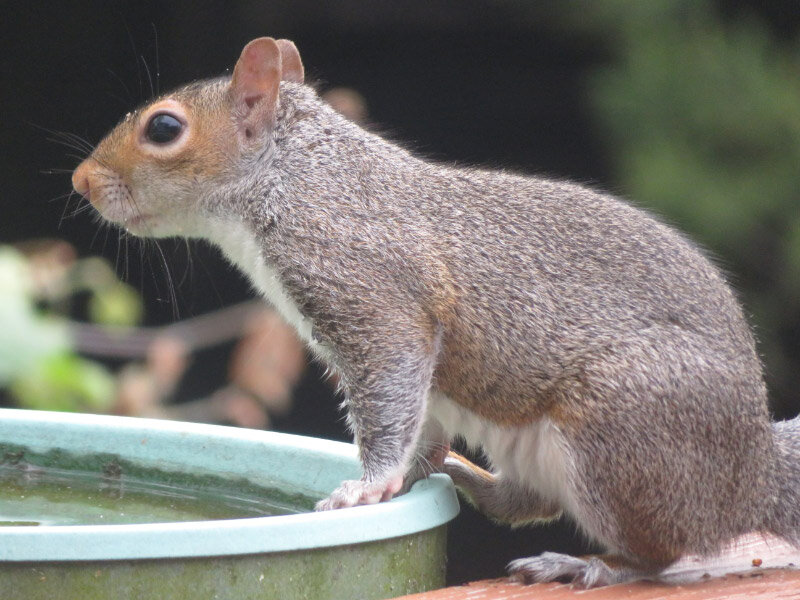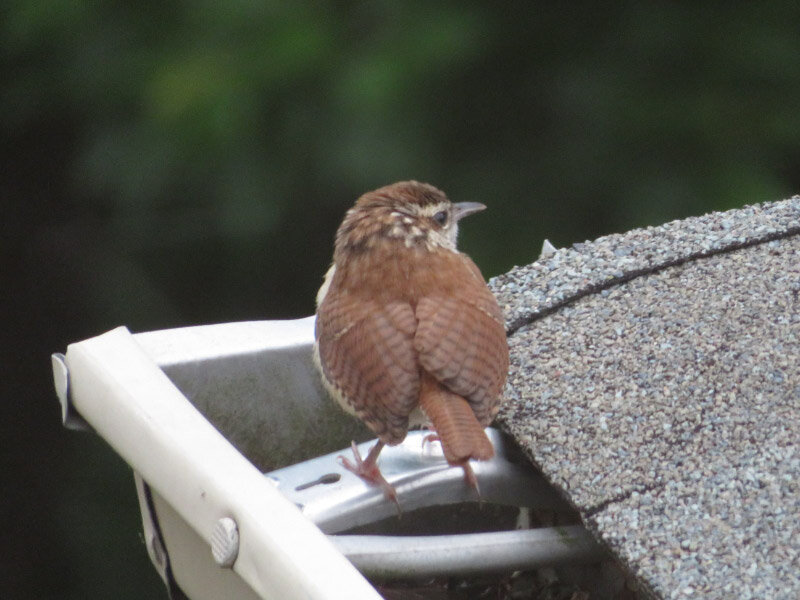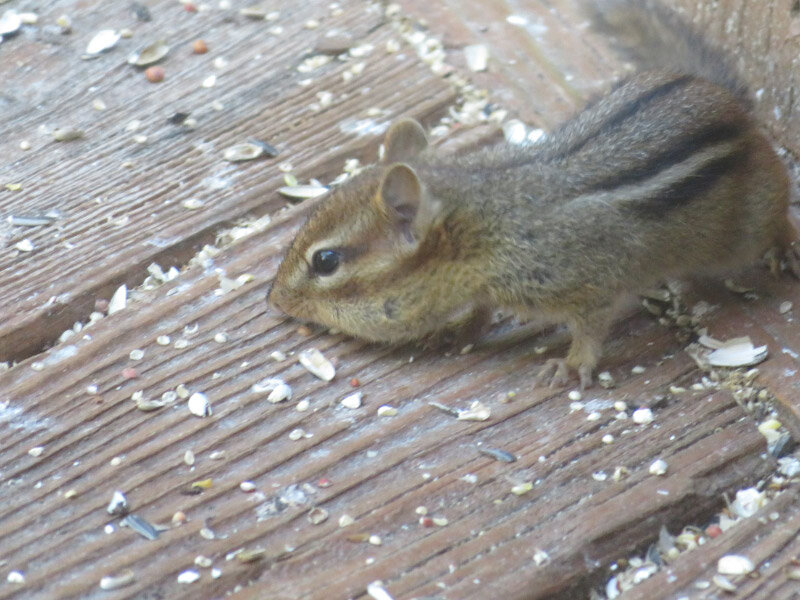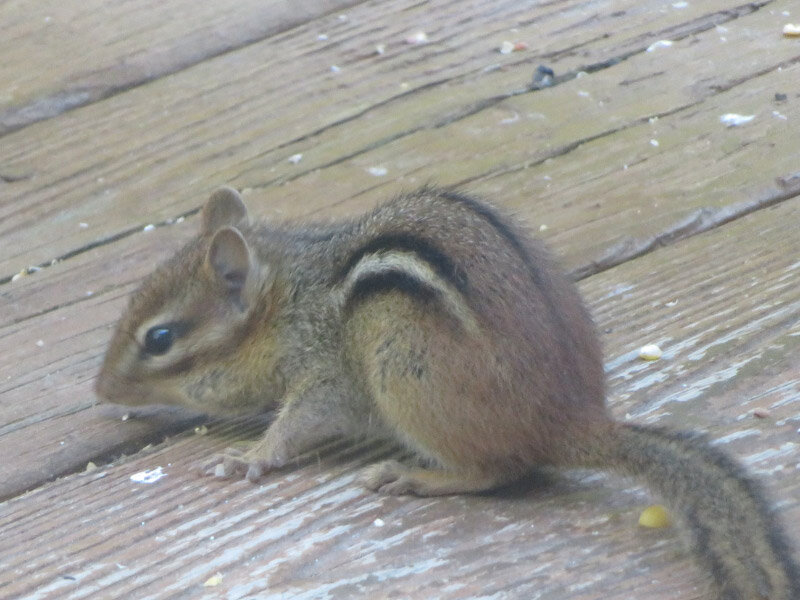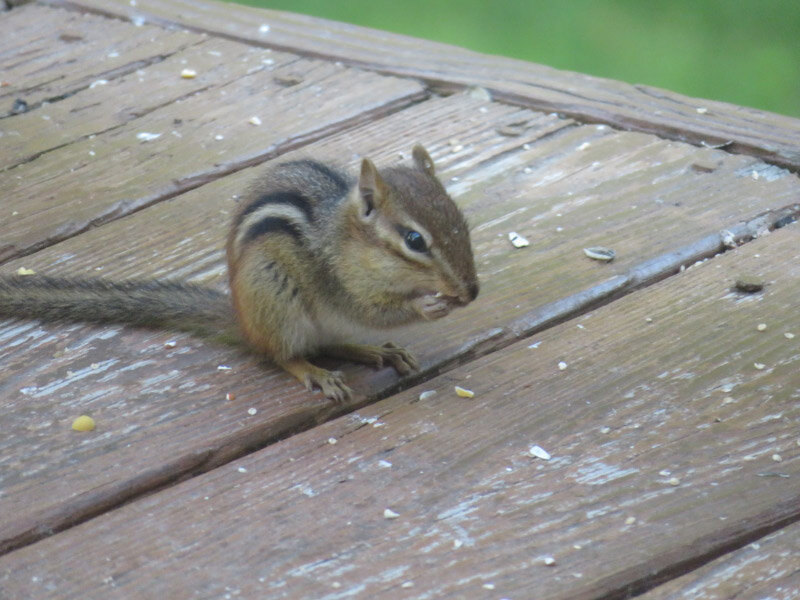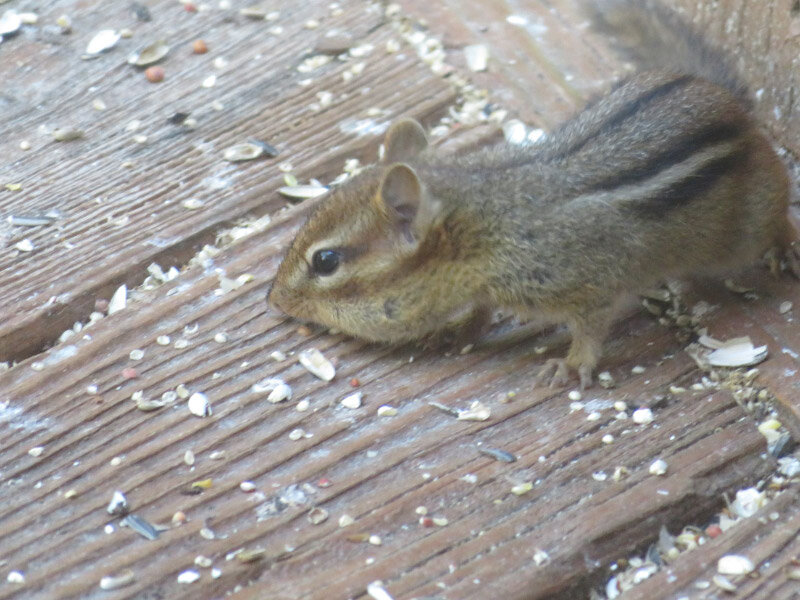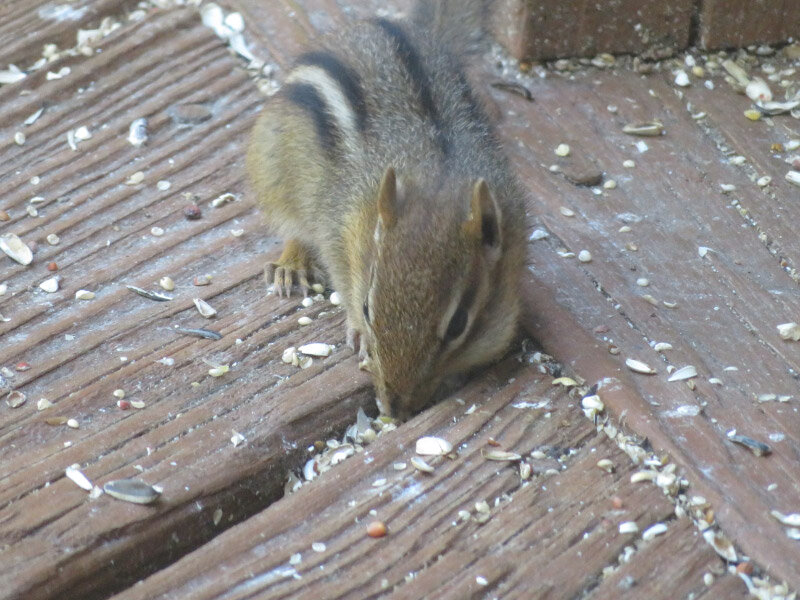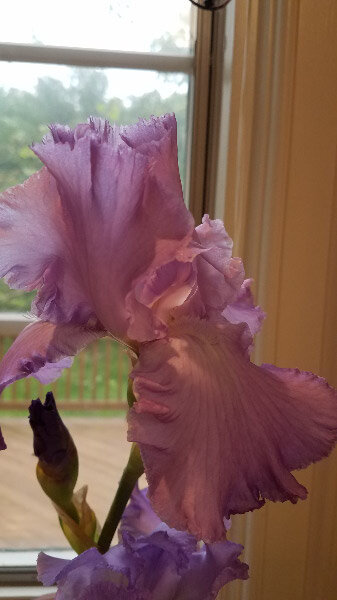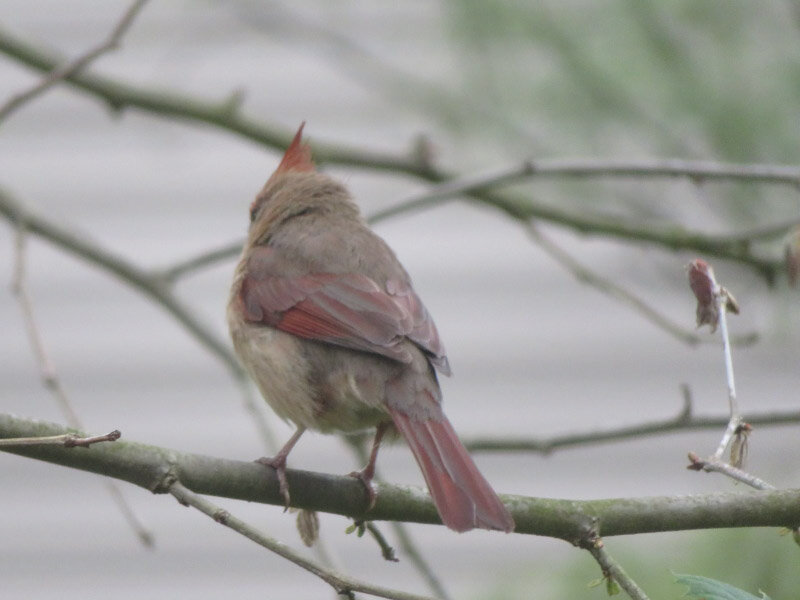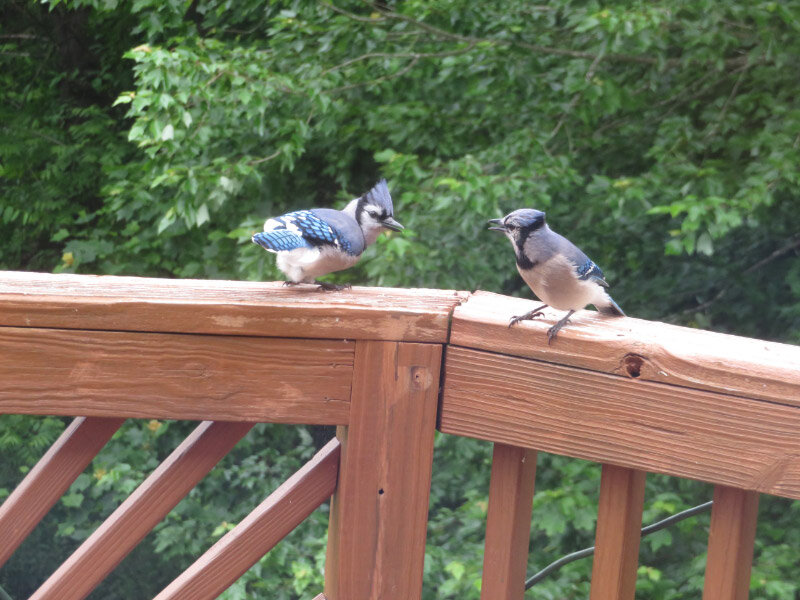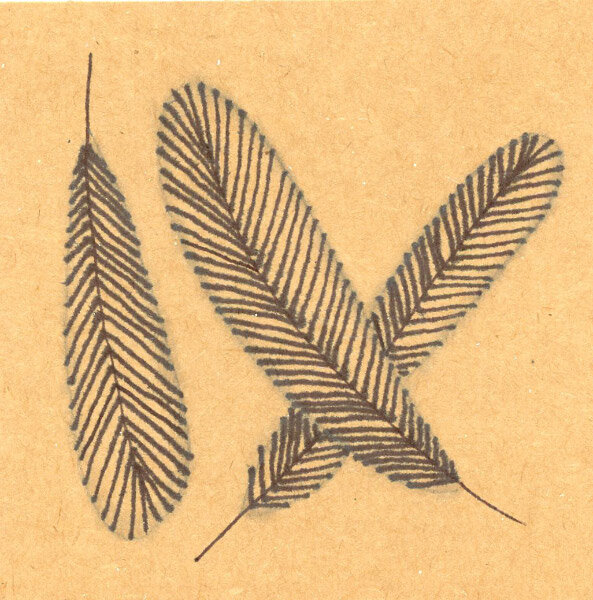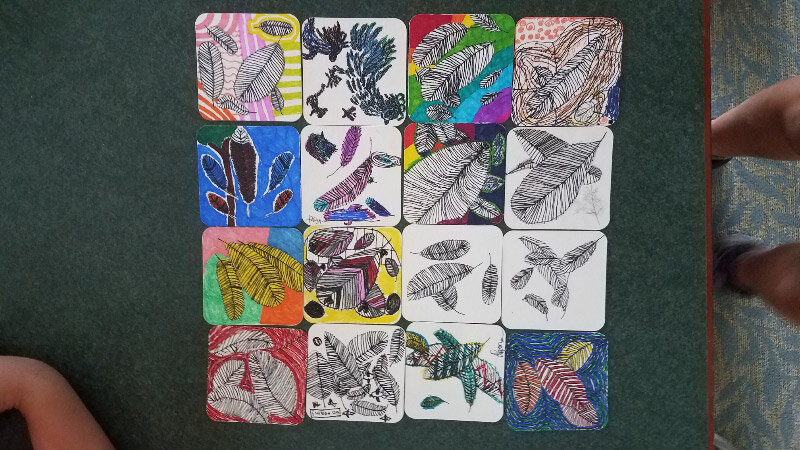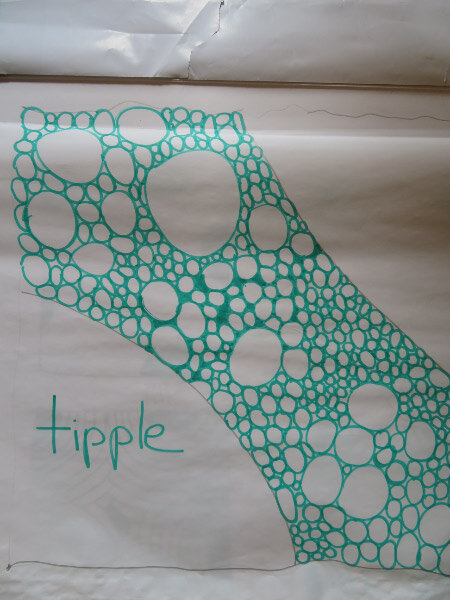eBotanical Prints – May 2020
/Continuing the blog post series prompted by COVID-19….
eBotanical Prints – May 2020
There are 16 new books this month. The volumes are all freely available on the Internet by clicking on the hyperlinked title. The whole list of 1,895 books can be accessed here. Sample images and links for the 16 new ones are provided below. (click on the sample image to see a larger view). Enjoy!
There’s quite a variety this month starting with 6 volumes of Florists Journal from the mid-1800s and 3 books that could be finished with watercolor paints (or Zentangles) from the later 1800s. Following that come two botany texts from the 1800s (the one with the color illustrations was published more than 40 years before the one with drawings) and a book about trees with photographs of winter/summer versions of the same tree (this is a good book to learn the shapes of different kinds of trees with the oak being the ‘sample images’). Then there are two volumes by Hooker of northern British American plants and the last one with a sample image is plants from around Paris. The last volume for the month is a website and I included it because it is a current – and excellent – reference for the northern forest…lots of detailed illustrations.
Florists Journal V. 1-2 (1840-1841) * How and Parsons (publishers) * sample image * 1841
Florists Journal V. 3-4 (1842-1843) * How and Parsons (publishers) * sample image * 1843
Florists Journal V. 5-6 (1844-1845) * How and Parsons (publishers) * sample image * 1845
Florists Journal V. 7 (1846) * How and Parsons (publishers) * sample image * 1846
Florists Journal V. 8 (1847) * How and Parsons (publishers) * sample image * 1847
Florists Journal V. 9 (1848) * How and Parsons (publishers) * sample image * 1848
Jack-in-the-Pulpit (poem) * Whittier, John Greenleaf * sample image * 1883
Flower Designs * Bradford, Marcia A. * sample image * 1882
Floral Birthday Book * Sharrad, Alice B. * sample image * 1888
Fourteen weeks in botany : being an illustrated flora * Wood, Alphonso; Steele, Joel Dorman * sample image * 1879
Bingley's practical introduction to botany * Bingley, William; Frost, John * sample image * 1831
Trees and their life histories * Groom, Percy; Irving, Henry (photographer) * sample image * 1908
Flora boreali americana, or, the botany of the northern parts of British America V1 * Hooker, William Jackson * sample image * 1829
Flora boreali americana, or, the botany of the northern parts of British America V2 * Hooker, William Jackson * sample image * 1829
Atlas de la Flore des environs de Paris * Cosson, Ernest; Germain de Saint-Pierre, Ernest * sample image * 1882
Woody Plants of the Northern Forest - A Digital Atlas * Jenkins, Jerry * 2019
Unique activities for yesterday:
Noting the sycamore recovery from May frost damage. There are small dead leaves on the tree but there are also green and growing leave of all sizes.
Processing mint. I worked on the front flower beds pulling grass and cutting vines growing up through the bushes. I also cut a basket full of mint. It’s growing fast right now and the tender leaves are excellent additions to smoothies, salads, and tea. They smell so good! I rinsed the whole ball of leaves and stems, let it dry a bit, separated leaves from tougher stems and processed all those tender parts in the Ninja. Small pieces compress a lot. They are now in a gallon Ziploc in the freezer, pressed thin so that I can easily break the contents into whatever size I want.
Day lily buds. There are day lily buds coming up through the leaves. I was excited to see them. I’ll have the flowers to bring indoors soon. Maybe the milkweed that is in the same flower bed will hide the buds from the deer (in prior years, the deer had gotten most of the buds before they could bloom). I’ll cut the buds this year as soon as they’re big enough to bloom in water. There are also black-eyed susans amongst the day lilies and milkweed. Hopefully, they’ll provide flowers later this summer. The deer generally leave them alone
Here is a tile I made yesterday based on the prompt: GINGO and TUMBLEWEED
Links to my previous “filling a day of social distance” posts here.
--
The Zentangle® Method is an easy-to-learn, relaxing, and fun way to create beautiful images by drawing structured patterns. It was created by Rick Roberts and Maria Thomas. "Zentangle" is a registered trademark of Zentangle, Inc. Learn more at zentangle.com.


